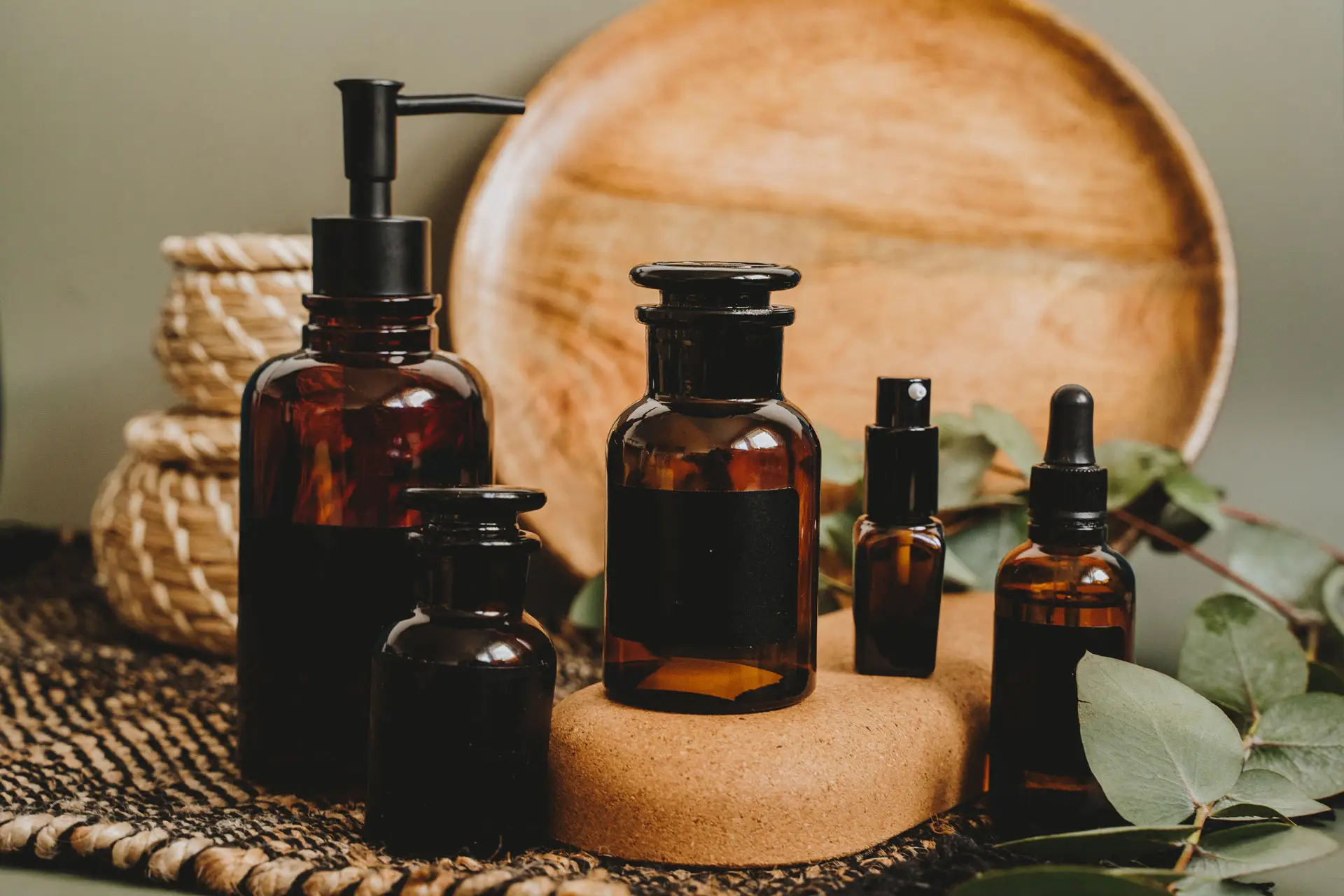Ambiguous and lacking real definition, clean beauty is a controversial subject. However, the clean beauty movement made users of beauty and skincare products question the transparency of the ingredients in skincare. It challenged us to inquire what we were applying to our bodies and whether it was really necessary.
What Is The Clean Beauty Movement?
To be precise, clean beauty products are those that do not contain any harmful ingredients. They favor natural ingredients and make use of only those synthetic ones that are considered safe for the consumer and the environment.
As the consumer becomes more aware and knowledgeable about conventional beauty brands using dangerous and harmful ingredients in their products. Beauty brands consciously show their concerns by wanting to know what is actually there in the skincare products and whether it can be trusted to be put upon their face and bodies.
This change in the consumer’s behavior is recent compared to earlier times when they did not pay much attention to it. The factor that has brought the change is the increase in skin diseases, sensitivities, and irritations that have become more common due to the synthetic ingredients in skincare products. Another factor for this change in perspective is the harmful environmental impact these materials cause.
Impact Of The Clean Beauty Movement
Consumers are now more mindful and carefully read the labels before buying a skincare product. Today, they can hold the beauty brand accountable for using potentially toxic and harmful ingredients in their products.
If the brands want to continue to appeal to the consumer, they must focus on clean beauty and use better quality, sustainable and natural ingredients. As the clean beauty movement takes off, brands have started to talk about other facets of the impact on our environment.
Alternatives to plastic, recyclable and zero-waste, and the importance of sourcing ethical ingredients are all being discussed. Brands associated with the clean beauty movement partner with organizations that tackle environmental problems.
The clean beauty movement has questioned the impact of the use of some of the skincare industry’s top ingredients. These include parabens, which is a preservative that disrupts hormones.
Octinoxate and oxybenzone are two chemicals that are present in UV blockers, such as sunscreens, and cause coral bleaching. Another ingredient is triclosan, which is known to be an antibacterial agent, toxic to water bacteria, algae, and dolphins. Plastic microbeads are dangerous as well because they are consumed by marine life.
The clean beauty movement has its downsides too. It can contribute to the depletion of certain natural resources with palm oil is one example. It is used as an ingredient in almost everything, from food to shampoo. As a result, rainforests are being destroyed, and the habitats of many animals are lost, which could lead to their extinction.
Another problem is that using words like natural, non-toxic, chemical-free, or sustainable is vague. As a result of this practice, beauty brands don’t need to verify these claims with little to no regulation for enforcement.
How To Know What Beauty Products Are Truly ‘Clean’
It is difficult to define ingredients as safe or otherwise, depending on where you are and where you live. For instance, in the USA, 30 ingredients from cosmetics have been banned, while the EU has banned a staggering 1,300 ingredients from the same.
When buying a skincare product, one must do more than read what it says on the package. You need to look for external certifications like Cosmos, USDA, EWG, and more. Products that boast of these certifications would be genuine and would prove that their claims can be accounted for.
Final Notes
The Clean beauty movement must be applauded, as it has taken steps to go beyond skincare products and think about the huge impact on health, the environment, and the ethics in question.
